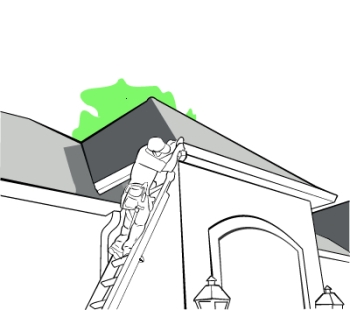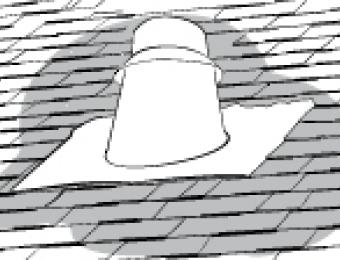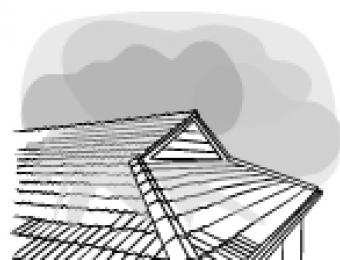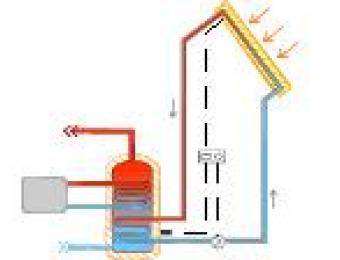
Whether your home is brand new or heritage listed, it's quite likely that at some point, your roof will need to be repaired or restored. A worn out or damaged roof is no longer weatherproof, and a roof that allows moisture and wind into your home can lead to more serious structural problems. For that reason, roof repairs are something you should take care of as soon as you're aware they need to be done.
Potential causes of roof damage
There are many things that can damage a roof, including:
- Lack of maintenance
- Weathering, rot
- Wind/storm/hail damage
- Poor design or installation
- Flashing failure
- Issues with rooftop objects (solar panels etc.)
How to tell if your roof is damaged
The sooner you realise your roof is in need of repair, the better. You should examine your roof at least once a year, and always after a heavy storm. Problems that are fixed sooner rather than later are likely to be cheaper to repair, and seeing to them early on will prevent them from developing into more serious issues.
Below are some clues that your roof might be in trouble:
- Roof shape - A sagging roof indicates problems with the support structure - usually roof trusses. The wood used to support your roof may have rotted or otherwise deteriorated.
- Water damage - Water spots on the ceiling and peeling paint are a fair indication that your roof is leaking. Cracked or warped plaster can also result from exposure to water.
- Bigger bills - Increased heating and/or cooling bills suggest your roof may be admitting wind and air more freely.
Common problems with roof cladding
Steel roofing
Steel roofs (and roofs made from other types of metal) are very resilient. Over a period of years metal sheets can rust and corrode, although not usually to the point where rain is admitted. This often occurs around flashing, or where roof mounted additions to the home have been installed (such as a solar hot water service). In these cases, two different metals can interact to create what is known as galvanic corrosion. The main cause for damage to metal roofs is the decay of fixings such as nails and bolts. Loose fixings also allow the metal sheets to lift in windy weather, disrupting your building envelope. Poor installation can also result in weak fixings and joins between metal sheets, which will need to be repaired.
Another problem is swarf - small offcuts and debris left over from the installation of metal roofs. This debris can eventually corrode and stain a roof, or over time, cause the roof surface itself to corrode prematurely as well.
Concrete roof tiles
Concrete tiles are comparatively strong, and will likely require less repair work than many other roofing materials. The tiles usually last between 15 and 20 years. Concrete tiles may fade over time, but this should not affect their performance as a cladding material. Some concrete tiles can also be quite heavy, which in time may place stress on your roof's support structure.
Terracotta roof tiles
Terracotta tiles are quite brittle and are likely to break if they are hit with any force. Even high pressure water can damage weaker terracotta roof tiles. This can make maintenance and repairs on cheaper tiles a regular occurrence - which again is made more difficult due to the fact that walking on the same tiles means that you risk breaking more tiles.
Roof repair specialists
Repairing or restoring roofs is not a DIY job. It's particularly dangerous to walk on roofs, and if you're not a qualified professional, it's likely that you haven't had the necessary training to do so safely.
Always hire a roof repairer who specialises in your roof type, and shop around for quotes to ensure that you're getting an accurate, expert appraisal of the work that needs to be done. Because of the potential damage that a deficient roof can do, it's important to make sure roof repairs are done correctly.





